The Lakers have undergone a major transformation in one year! Comparing the opening season rosters of the Purple and Gold over two seasons: can the new core achieve better results?
One year ago, Lakers head coach Reddick was confident about his starting lineup in his first season. Before training camp began, he announced that Russell, Reeves, Hachimura, James, and Davis would be starters.
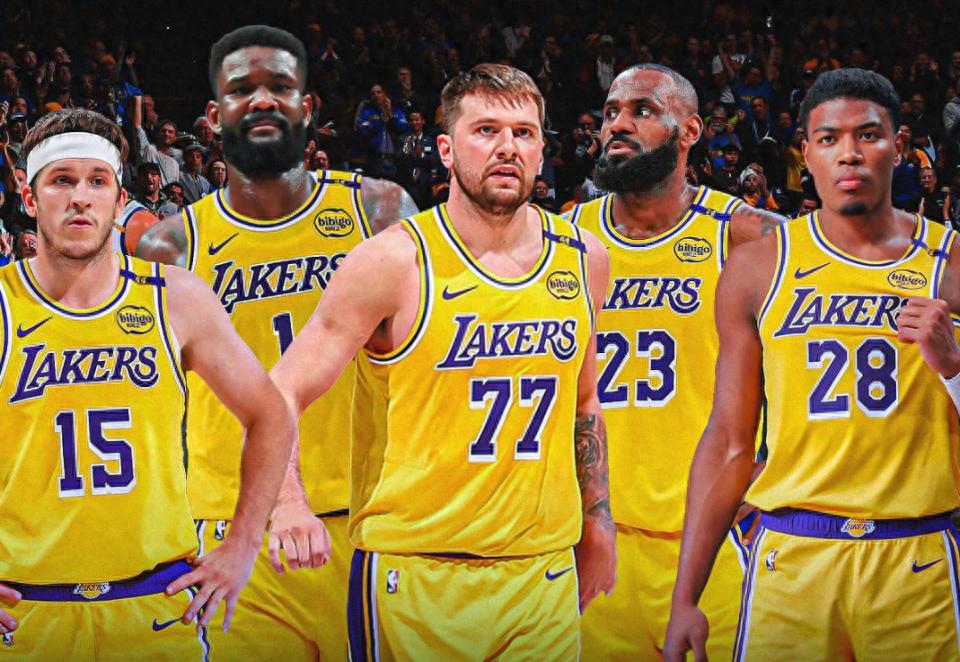

But this year, Reddick stated that deciding the starting lineup is not as crucial for him anymore. “I haven’t spent much time thinking about the starters yet, but I believe there are 7 to 8 players on the roster who are starter-caliber,” he said. “We will finalize the official starting lineup after training camp begins.”
In his second season coaching the Lakers, Reddick inevitably faces tough decisions, especially considering the significant roster changes since the team won 50 games last year.
First, on New Year's Eve, the Lakers made a “small appetizer” trade with the Nets, sending Russell away and acquiring Fini-Smith. Then, the team completed a blockbuster trade with the Mavericks—trading away Davis to bring in Doncic. The Lakers had also planned a third trade with the Hornets involving Knect and Mark Williams, but that deal ultimately fell through.
A core issue the Lakers failed to solve last season was finding a suitable replacement for Davis. The Timberwolves dominated the Lakers in all interior stats and eliminated them 4-1 in the first round of the playoffs. Therefore, among many offseason needs, acquiring a legitimate starting center became the Lakers’ top priority. Ultimately, 27-year-old Ayton joined—the first overall pick in the 2018 NBA Draft (same class as Doncic).
Lakers basketball operations president Pelinka mentioned multiple times at the press conference that management plans to let the current roster play 20 to 25 games before evaluating if adjustments are needed. This timeline coincides with the end of the NBA Cup tournament.
Over the past year, has the Lakers’ roster strength improved or declined? What questions remain before training camp opens? The Athletic investigates by analyzing various trades.
From Russell to Doncic: A qualitative leap at the point guard position
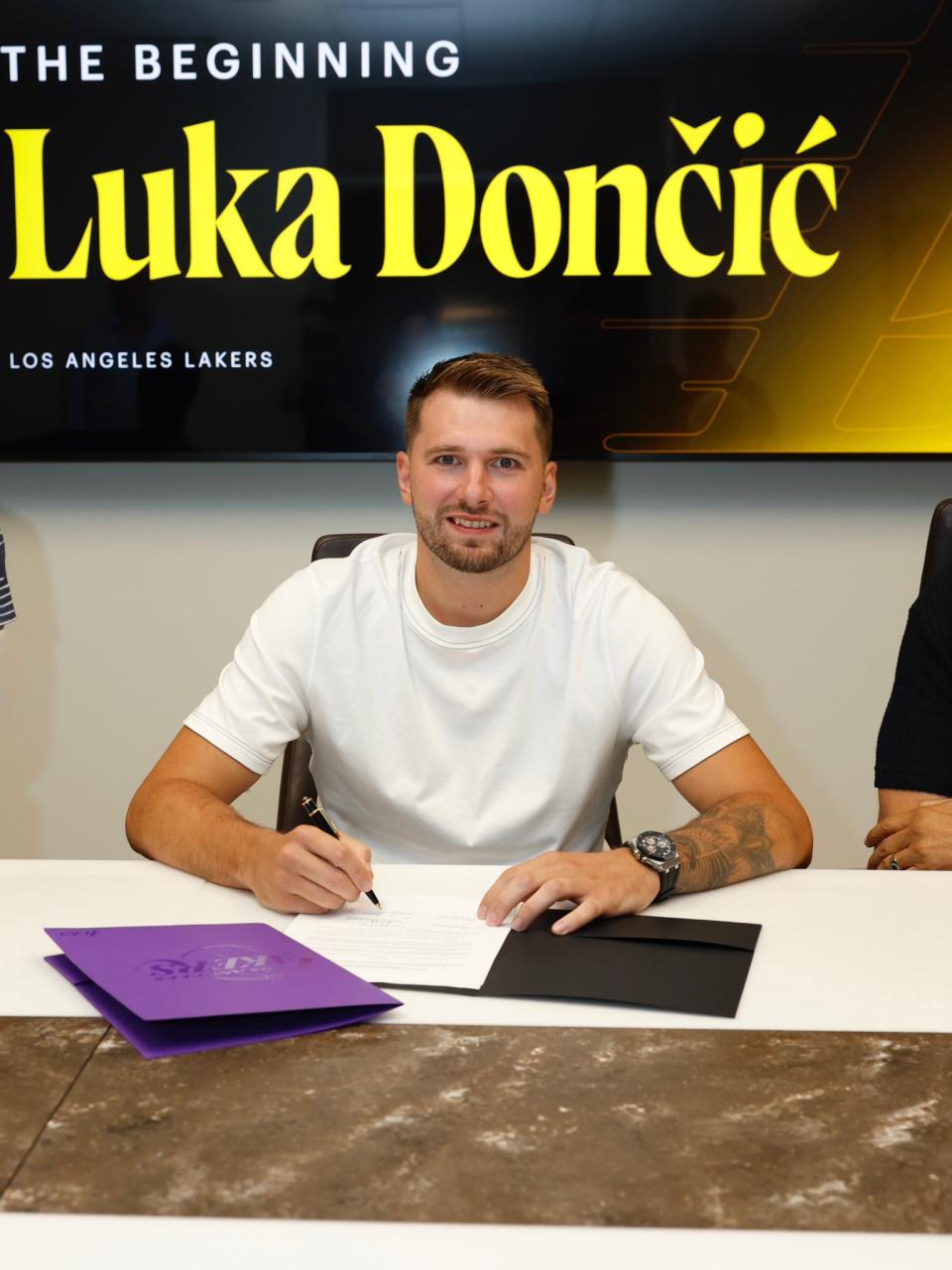
Before acquiring Doncic, the Lakers’ point guard spot saw numerous changes: Raymond Sessions, Steve Nash, Kendall Marshall, Jeremy Lin, D’Angelo Russell (first stint), Lonzo Ball, Rajon Rondo, Dennis Schroder, Russell Westbrook, and Russell’s second return. Doncic’s arrival upgraded this crucial offensive position to be “younger, bigger, and stronger.”
Moreover, the point guard spot has become more stable—the Lakers recently signed Doncic to an extension that includes a player option for 2028. Doncic will turn 27 at the end of February, and offseason conditioning may help him reach his career peak.
“I look forward to seeing Doncic perform at his best,” Reddick said. “As a coach, my job is to help him maintain that level day after day.”
From Davis/Lyons to Ayton: A functional shift at the center position
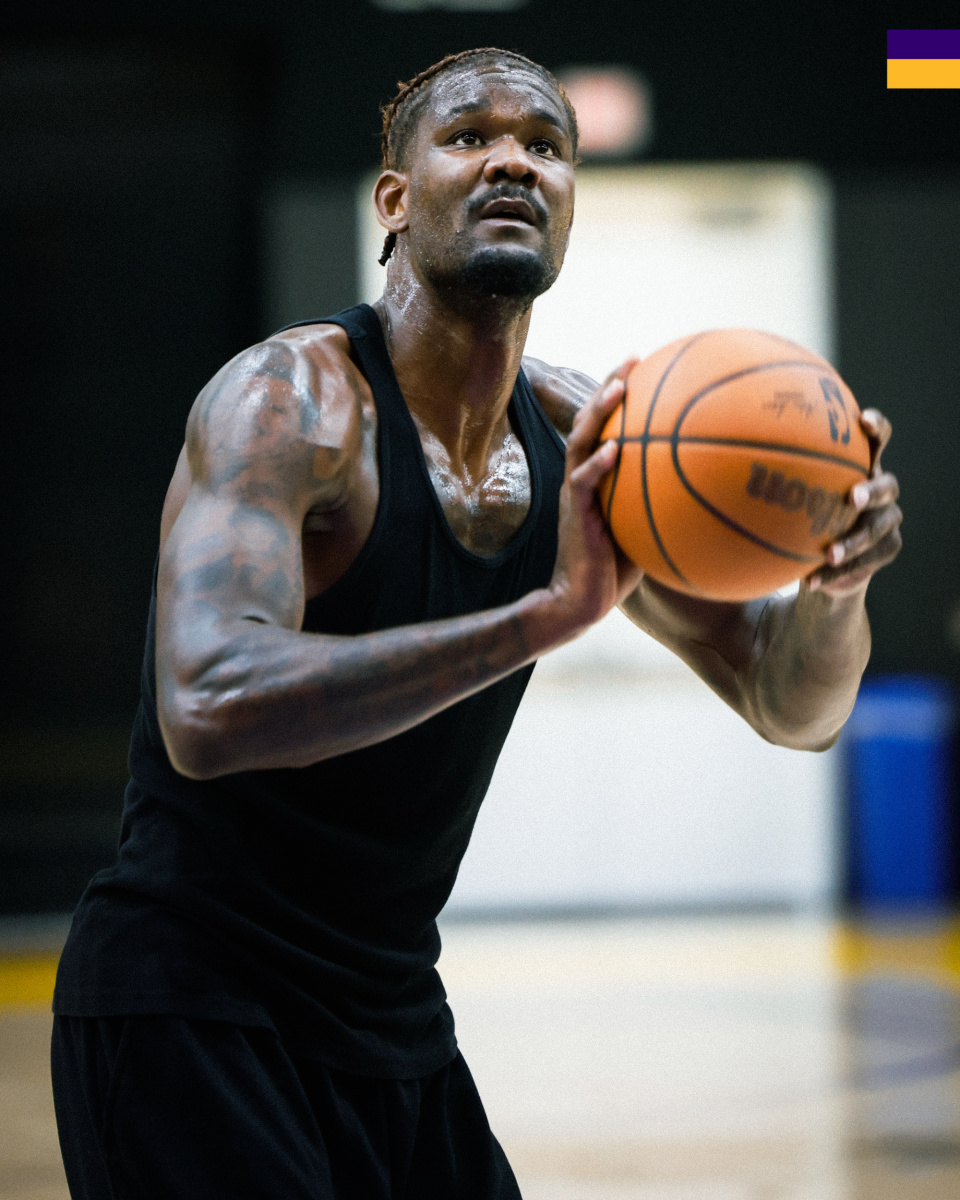
Davis possesses abilities that Ayton has yet to consistently demonstrate. Before the trade, Davis averaged 7.6 free throw attempts per game with the Lakers; Ayton had only one game with 7 or more free throws in 40 games last season with the Portland Trail Blazers. Under Reddick, Davis averaged 3.4 assists per game; Ayton exceeded 3 assists in only 3 games last season. Although Davis’s three-point shooting was generally poor during his Lakers tenure (except the 2020 championship season), he made 28 threes in 42 games at a 29.8% clip; Ayton has made only 28 threes in seven years, shooting a dismal 23%.
However, despite Ayton lacking Davis’s ball-handling and mobility, one fact is undeniable—his size advantage. Davis stands 2.08 meters tall and weighs 114.7 kg, while Ayton is 2.13 meters and weighs 114.3 kg. Importantly, Ayton is not here to “replace Davis”—his benchmark is last season’s nearly inactive Lyons. Ayton’s role is straightforward: leverage his size to serve as the Lakers’ “finisher, rebounder, and rim protector.” As long as he performs as a “competent rotational center,” the Lakers will be more complete than the team after the All-Star break last season.
“When Ayton runs pick-and-rolls with Reeves, Doncic, and James, his ability to catch after short screens—something we’ve seen glimpses of in recent player workouts,” Pelinka said, “makes him a threat in alley-oops. Simply adding this dimension along with his size significantly improves the team.”
From Christie/Goodwin to Smart: Key defensive additions
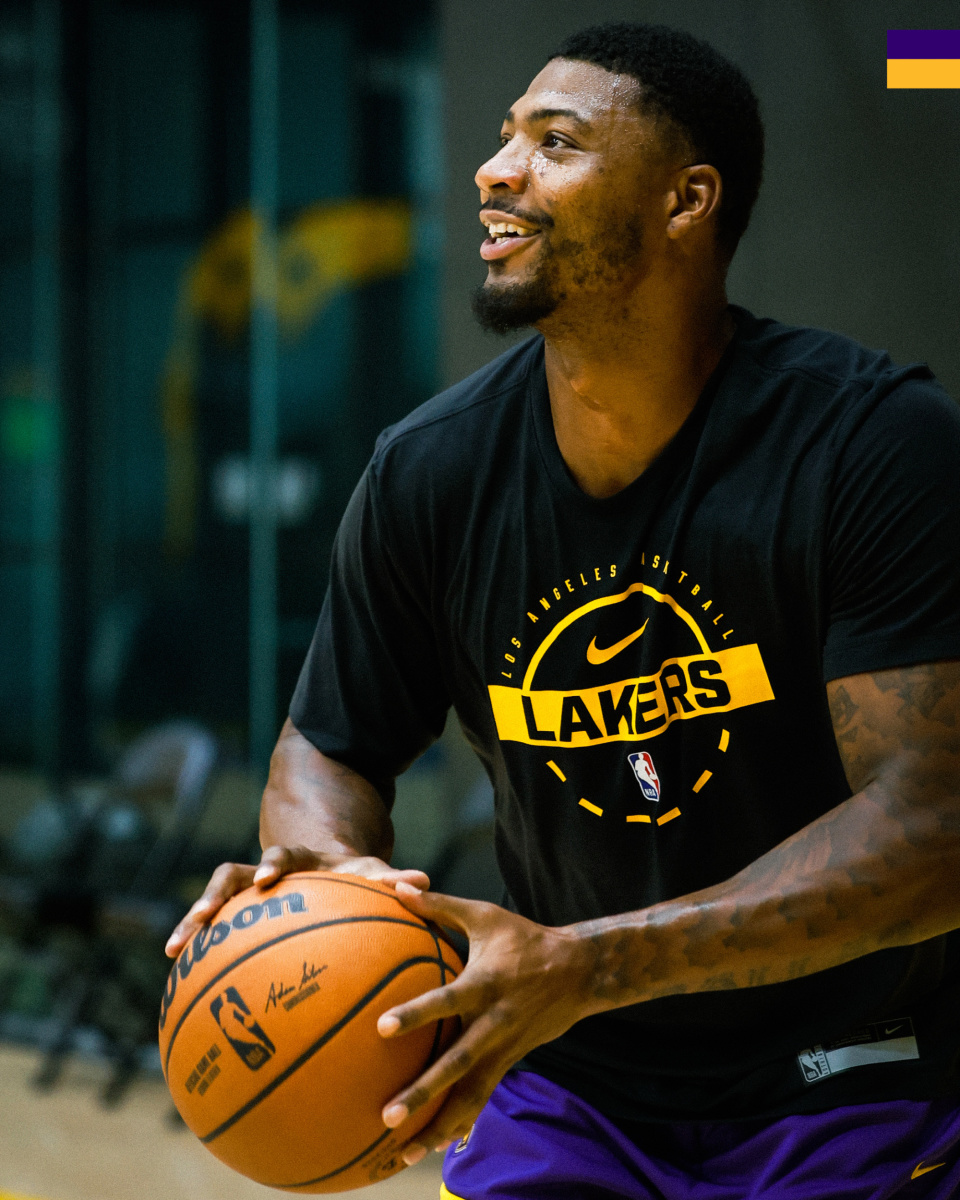
Christie’s biggest breakthrough last season came after Reddick benched Russell for a month, securing a starting spot. However, to bring in Doncic, the Lakers traded Christie away. Goodwin signed with the Lakers before the All-Star break and gradually moved from a two-way contract to the rotation, but ultimately became a “casualty” due to salary cap issues and has since joined the Suns.
Besides Ayton, Smart is the Lakers’ biggest “X-factor” this season. The Lakers urgently need his contributions on ball defense—Smart was named NBA Defensive Player of the Year in 2021-22 and clearly has the credentials for this role. He even has a chance to replace Hachimura in the starting lineup alongside Doncic, James, Reeves, and Ayton. But like Ayton, Smart’s form has fluctuated over the past two seasons, something Lakers management acknowledges.
“Smart has proven at various points in his career that he is a top-tier ‘3D player,’” Pelinka said. “Our sports performance team is working closely with him to ensure he returns to that level. In my view, his playmaking ability has always been underrated.”
From Lewis/Fini-Smith to LaRavia: Potential and questions on the wing

The Lakers’ fourth major change over the past year centers on the “versatile wing” position. Lewis was the 40th pick in the 2023 NBA Draft and played just 132 minutes for the Lakers last season before being included in a trade for Fini-Smith. Besides Doncic, Reeves, James, Davis, and Hachimura, Fini-Smith logged the most minutes per game (28.8) last season, increasing to 34.0 in the playoffs. In Game 5 against the Timberwolves, Fini-Smith even briefly played center.
Fini-Smith is an all-around defender with a 39.8% three-point shooting rate. LaRavia likely won’t be asked to carry such a heavy defensive load; his challenge is to maintain last season’s 42.3% three-point accuracy with increased attempts (only 2.2 per game last season). Additionally, LaRavia’s free throw percentage was below 70%, so his shooting consistency remains uncertain. However, LaRavia is bigger than Fini-Smith, has comparable athleticism, and is much younger (turning 24 in November).
“For me and the player development department, helping LaRavia continue to grow is a fantastic opportunity,” Reddick said. “I’m very optimistic about him.”
Other role player changes: Filling depth and competition spots
From Wood to Kleber: Wood was waived by the Lakers before the All-Star break last season (to make room for Lyons) and did not play any minutes. Kleber was acquired in the Doncic trade but made his debut only in Game 5 against the Timberwolves. Kleber will turn 34 in January and is in the final year of a $11 million contract.
From Reddish/Morris to Thiero: Reddish was waived by the Lakers in late March to promote Goodwin; he was previously expected to be traded to the Hornets (the failed Mark Williams deal). Markieff Morris was included in the Doncic trade and played only 124 minutes for the Lakers last season. Reddish started 8 games last season, totaling 589 minutes. The 36th pick Thiero’s playing time is expected to be closer to Morris’s than Reddish’s.
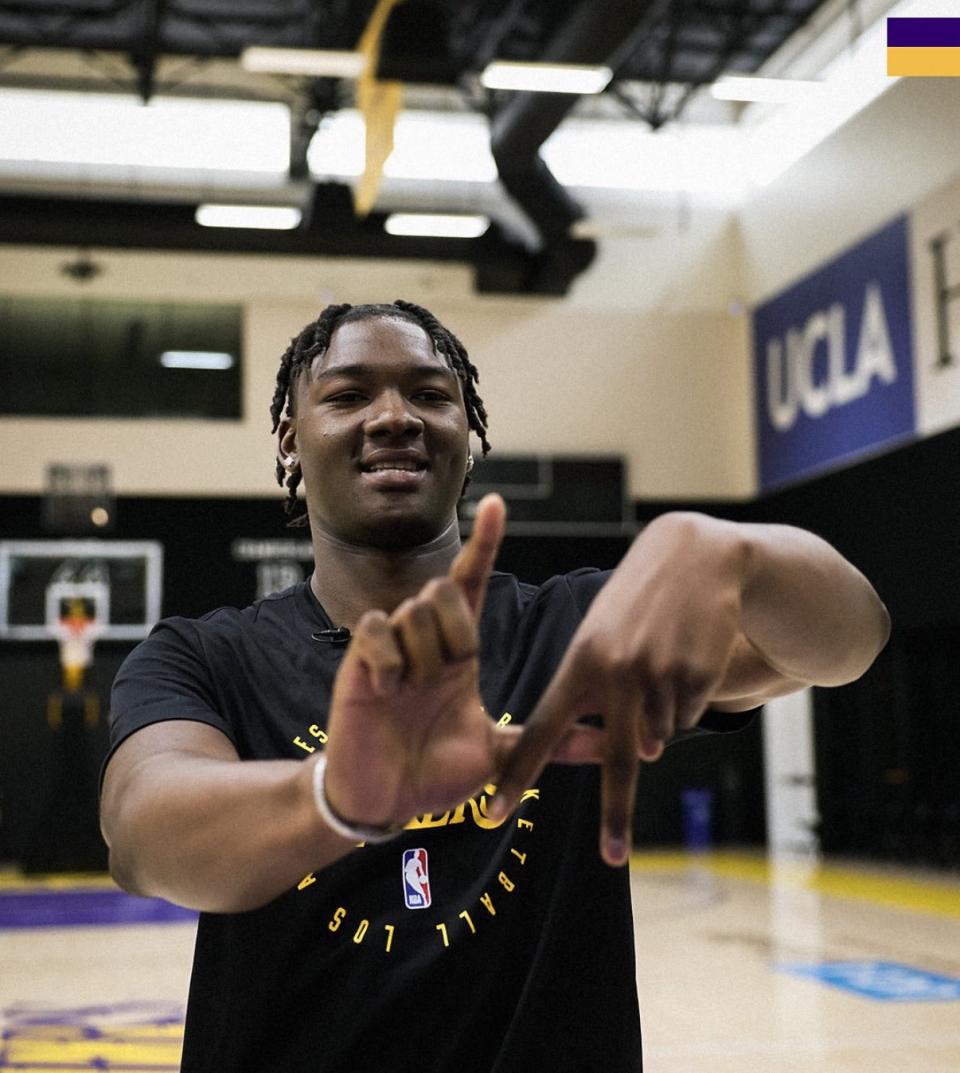
From Hood-Sefino/Milton to vacancy: Hood-Sefino was the 17th pick in 2023 and played only 123 minutes for the Lakers over two seasons before being included in the trade for Doncic. Milton joined the Lakers in the Russell trade, played 345 minutes, and was waived in July. Currently, the Lakers’ salary cap is restricted by the “first luxury tax line,” preventing them from signing a 15th standard contract player, leaving that spot vacant for now.
From Traore/Jamison to Mann: Early last season, Almer Traore joined the Lakers on a two-way contract but was waived in February to make room for Goodwin. Trey Jamison III took over Olivary’s two-way contract spot in January, played last season, and was waived in the offseason. Chris Mann is a defense-focused wing who recorded 56 steals and 33 blocks in 33 games at Vanderbilt last season and joined the Lakers on a two-way contract after Summer League.
From Olivary to vacancy: Olivary won the two-way contract over Goodwin and centers Kelly and Castleton during last year’s training camp. This year, five training camp invitees compete for what is likely a single two-way contract spot—the other two are occupied by Mann and Koloko. Candidates include undrafted rookies RJ Davis (North Carolina), Marchulionis (Saint Mary’s), Dixon (Villanova), plus Kelly and wing Tevian Jones. It is speculated that the final winner will be the better of RJ Davis or Marchulionis, as the Lakers have the greatest shortage at guard behind starters and bench.
Last regular season, the Lakers went 50-32 but were eliminated 1-4 in the first playoff round by the Timberwolves. With the new season approaching, can Doncic and James lead the team to better results? Feel free to share your thoughts in the comments.


Wonderfulshortvideo
First player to ever do it 🔥


Victor Wembanyama joins @Rachel DeMita to answer trivia questions about his basketball journey! 🏀


Jalen Green slices his way to the basket for his first @Phoenix Suns pts ‼️


Crowd is getting HYPE 🗣️


“I couldn’t even take my nap fully” 🤣 he was EXCITED ‼️


“I have much respect for him, much love, and I really enjoy his games.” 🤝


Ryan Dunn climbs the ladder for this epic dunk 🪜


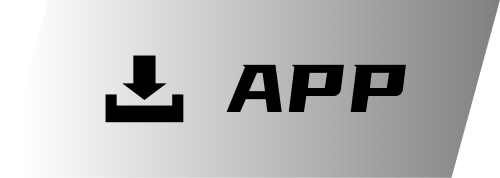





 Links
Links
 Contact
Contact
 App
App


